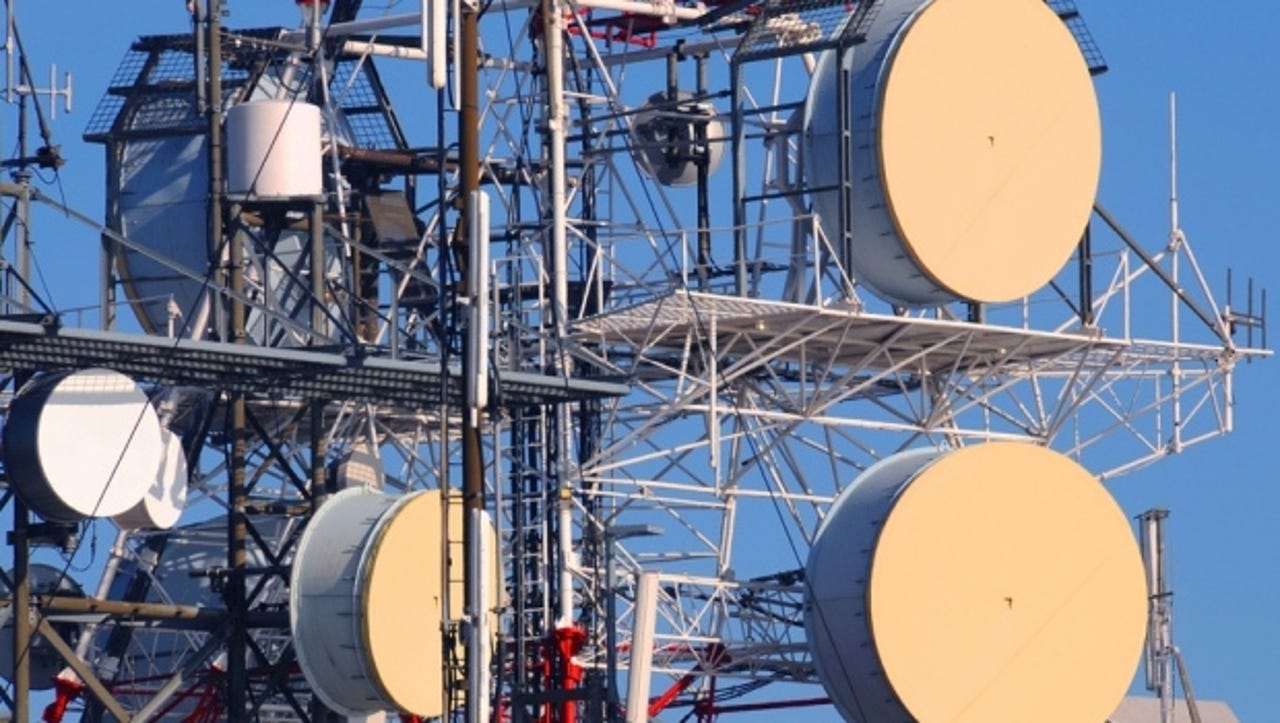4G spectrum auction raises £2.34bn for UK, but who are the winners and losers?


Vodafone, O2, a subsidiary of BT, EE and Three have all successfully won spectrum being auctioned in the UK's 4G auction, paving the way for the wider rollout of 4G services.
The five winners of the auction — which has been delayed multiple times since 2008 due to the threat of litigation from operators — were announced on Wednesday. The resulting 4G services are expected to start going live between spring and summer 2013, the telecoms watchdog Ofcom said.
READ THIS: More 4G on the way to UK, but your iPhone 5 still won't work on it
"This is a positive outcome for competition in the UK, which will lead to faster and more widespread mobile broadband and substantial benefits for consumers and businesses across the country. We are confident that the UK will be among the most competitive markets in the world for 4G services," Ed Richards, chief executive of Ofcom, said in a statement.
Winners
The auction included 250MHz of spectrum (equivalent to two-thirds of the entire 3G spectrum already in use) in the 800MHz and 2.6GHz bands.
All bidders except for Telefonica (O2 in the UK) won lots in both frequencies. The sub-1GHz 800MHz spectrum is better at delivering widespread coverage, whereas the 2.6GHz band is needed to provide the capacity for the amount of traffic that moves across high-speed data networks.
Ofcom designed the auction to make way for a fourth smaller spectrum holder to be established as a wholesaler of 4G services in the UK in the interests of competition, which Hutchinson 3G UK (Three's parent company) successfully won.
The regulator insisted that one of the obligations of holding significant spectrum in the 800MHz band was to provide indoor 4G coverage to 98 percent of the UK, expected to be around 99 percent when outdoors. Telefonica (O2) successfully won this lot, paying £550m for the privilege, and committing to the coverage expectations by the end of 2017.
In total, the five bidders have committed to pay £2.34bn for the right to use the frequencies for 4G services. The cash will go directly to the UK government. However, it is significantly less than the nearly £3.5bn it was expected to raise according to the Treasury's budget estimations.
Losers
HKT UK and MLL Telecom were the only two bidders not to have successfully won any spectrum. As a result of not winning any blocks, MLL Telecom said it will continue to look at new technologies for its mobile customers.
"Looking forward we see the allocation of the spectrum through the auction opening the door to increased levels of connectivity and mobility in the UK. MLL Telecom will continue to support our mobile operating customers, build networks in remote areas and help the public sector with their networks while driving new areas such as connecting the growing number of small cell deployments," Gary Marven, chief executive of MLL Telecom, said in a statement.
Winning bidders have until midnight GMT on Thursday to pay the outstanding money for lots they have won. The next stage of the process will be to allocate exactly where in each band each operator's spectrum will sit, with a view to having services live on the bands by the start of summer 2013.
The completion of the spectrum auction will bring the desire for a competitive 4G environment in the UK closer to fruition. EE has been the only company able to operate a 4G service so far, offering services since the end of 2012 and enjoying a headstart on the competition. However, according to figures released by EE for its full-year 2012 performance, 4G uptake may not be going as well as it had hoped. EE described the uptake of super-fast wireless data as "solid, early 4G momentum" but did not break out 3G and 4G subscriber figures individually in its 2012 results on Tuesday.